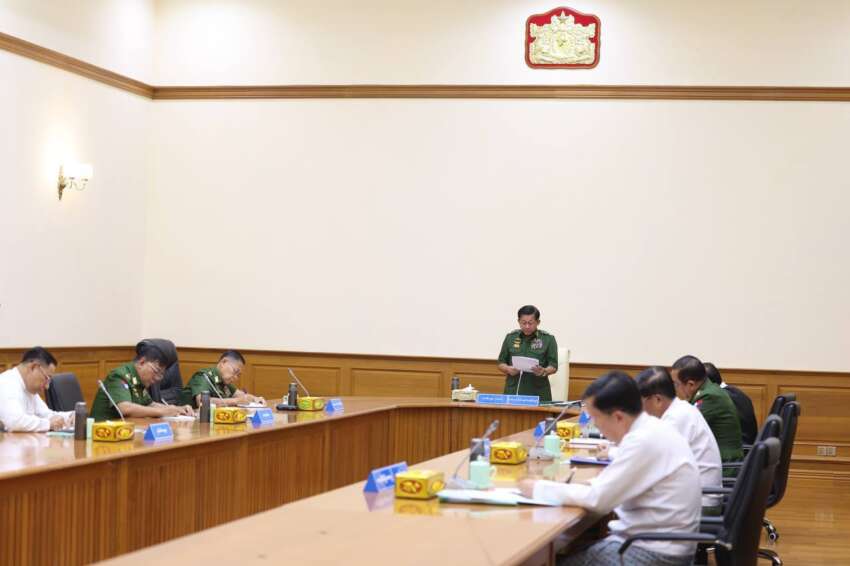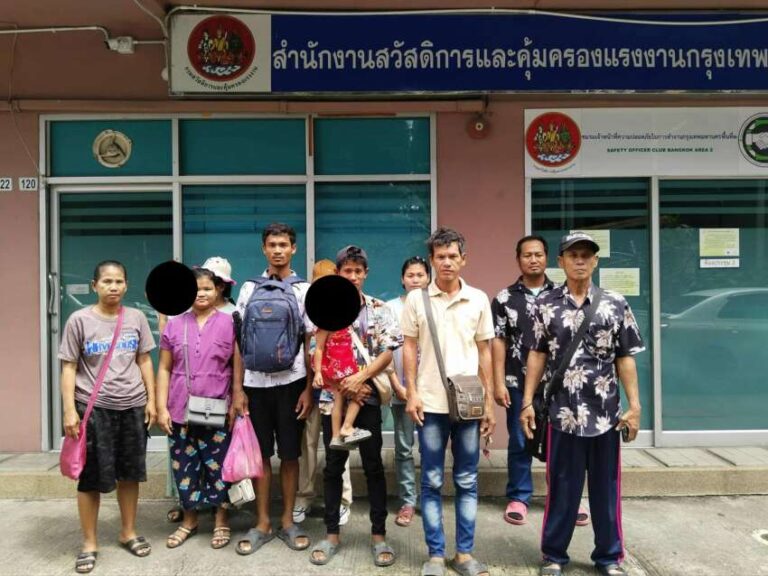
On July 31 in Yangon, following the transfer of power from Min Aung Hlaing’s position as interim president, a significant reorganization of the government cabinet structure revealed the conspicuous absence of the Ministry of Education. This marked a notable departure from the previous administrative structure, where Dr. Nyunt Phay had served as the Minister of Education. The elimination of this crucial ministry from the cabinet roster represents a significant shift in the military council’s approach to educational administration.
The newly formed government, with Nyo Saw appointed as Prime Minister, comprises twenty-nine ministries in total. A notable arrangement in the new structure is the dual assignment of one minister to oversee both the Ministry of Sports and Youth Affairs and the Ministry of Hotels and Tourism. Compared to the previous cabinet formation, several ministries have been removed or restructured, with the disappearance of the Ministry of Education drawing particular attention from observers. This reorganization appears to signal a fundamental shift in how educational matters will be managed under the military council’s administration.
This structural change raises questions about the future administration of Myanmar’s education system and reflects a significant modification in the military council’s approach to educational governance. The absence of a dedicated education ministry, which previously operated as an independent administrative body, creates uncertainty about which department will now oversee educational matters. The implications of this reorganization for Myanmar’s education system and its impact on educational policies and implementation remain to be seen, as the new administrative structure takes shape under the military council’s leadership.



